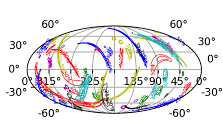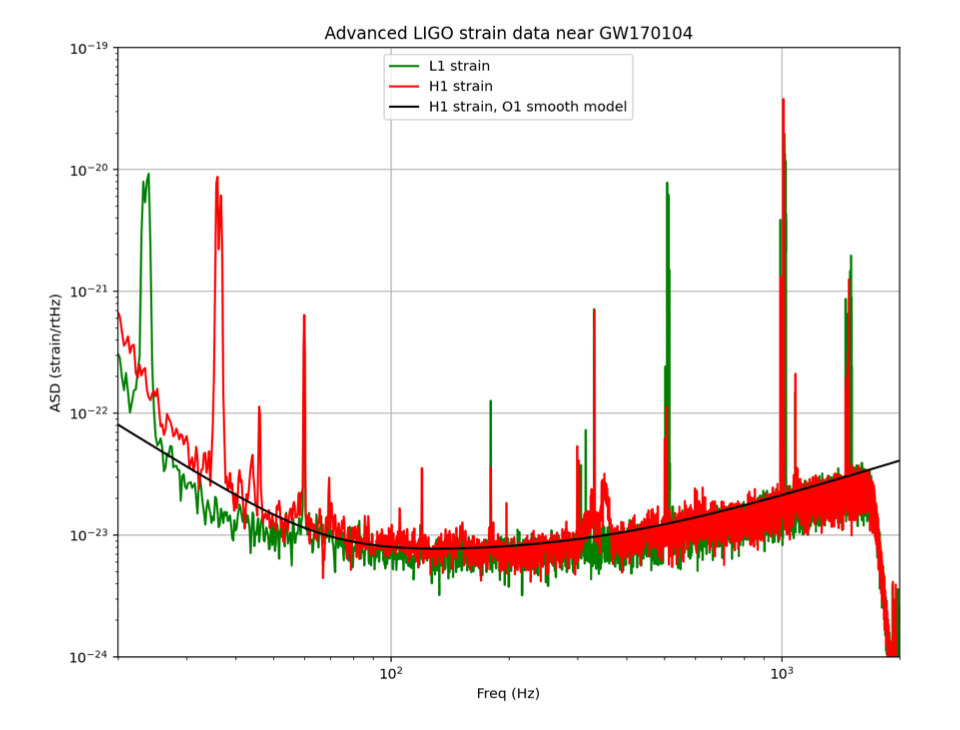Poughkeepsie, New York

Students learn about the physics of gravitational waves and how they are detected, and then use real data from a global network of gravitational wave observatories to perform their own personal research investigation.

 The Gravitational Wave Open Science Center makes data
available to the public from a global network of
gravitational wave detectors, along with access to
software tools and tutorials for the analysis of these data.
The Gravitational Wave Open Science Center makes data
available to the public from a global network of
gravitational wave detectors, along with access to
software tools and tutorials for the analysis of these data.
The Laser Interferometer Gravitational Wave Observatory (LIGO) was created as a cutting-edge physics experiment to test Einstein's theory of relativity by directly detecting the faint vibrations of space-time caused by coalescing black holes or colliding neutron stars. In 2015, twenty years after construction began, LIGO finally made the first detection of gravitational waves. Now LIGO and partner observatories make it possible to study the universe in a completely new way from traditional astronomy.
Students in this program learn how gravitational waves can be created and how they are detected. They learn how LIGO processes the data from the detectors and how the weak signal of distant cosmic events can be extracted from the din of background noise. Students then use real data from the LIGO observatories to perform their own personal investigation into the science of gravitational waves.
Instructor: Eric Myers [Info] [vitae] [LinkedIn]
A model of the gravitational wave bursts caused by the theoretical event known as a Cosmic String Cusp is used to create a search process for these events in LIGO' s gravitational wave data. The search process is not complete and no new events were found, but the investigation illuminates the challenges of trying to detect the gravitational wave signals from cusp events, and distinguishing them from events with similar signals.
Supplementary material: CuspTemplate.py, Main_Script.py| Copyright © 2023 by Spy Hill Research | https://www.Spy-Hill.net/myers/astro/ligo/sunynp/index.html | (served by jura.spy-hill.com) | Last modified: 28 December 2023 |